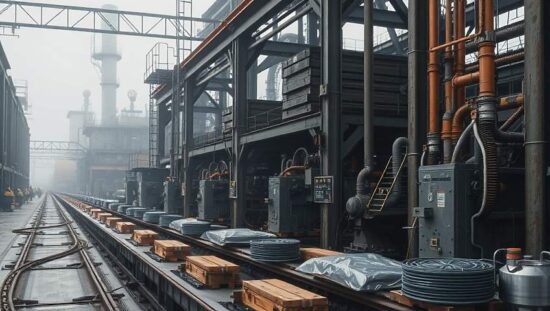German Producer Price Data Reveals Complex Economic Picture, Fuels Inflation Concerns
October’s producer price data released Thursday by Destatis, the Federal Statistical Office, paints a nuanced picture of the German economy, revealing a sustained decline in overall prices while simultaneously highlighting emerging inflationary pressures in specific sectors. The 1.8% year-on-year decrease in prices for industrial products marks the eighth consecutive month of decline compared to the previous year, a trend largely attributable to falling energy costs. However, the 0.1% increase compared to September suggests a potential stabilization, or even a reacceleration, of inflation.
While lower energy prices – down 7.5% year-on-year, with natural gas plummeting a significant 12.1% – have undoubtedly contributed to the deflationary trend, the data also indicates a growing divergence within the economy. Investment goods, a key indicator of future growth, saw prices rise 1.9% year-on-year, signaling persistent cost pressures within capital-intensive industries. Similarly, consumer and durable goods experienced a 2.3% price increase, a worrying sign for household budgets. Notably, staples like beef (up 34.3%) and coffee (up 24.7%) have seen substantial increases, contrasting with significant decreases in butter, sugar and pork.
The decline in producer prices was mitigated by weakness in commodity markets. Raw materials like iron ore, steel and ferroalloys registered a 5.1% decrease year-on-year. However, the surge in precious metal prices – gold (+43.0%), platinum (+35.4%) and silver (+37.7%) – points to increased speculative activity and potential instability in global markets. Similarly, rising prices for wood products, particularly pellets and briquettes (+29.8%), coupled with increases in glass and woodware, suggest supply chain bottlenecks and mounting pressures on resource availability.
Analysts are increasingly concerned that the decline in energy prices is masking underlying inflationary trends. The disparity between falling input costs for some industries and rising prices for consumer goods, alongside the escalating costs of investment goods, suggests a complex interplay of factors influencing the German economy. The continued rise in precious metals alongside food staples is raising questions about the sustainability of current monetary policy and the potential for future inflationary pressures to erode purchasing power for German consumers and businesses. This data will likely fuel debate within the Bundesbank and government regarding necessary interventions to address persistent vulnerabilities within the German economy and safeguard it from further inflationary shocks.





